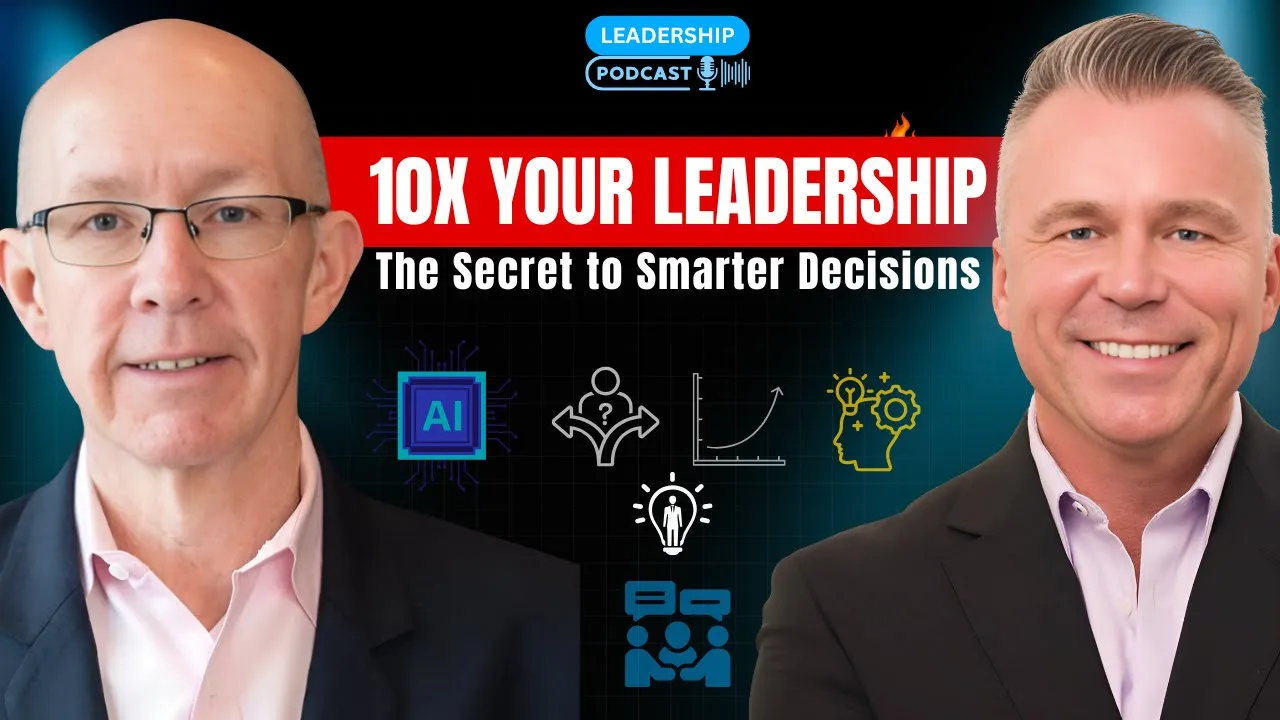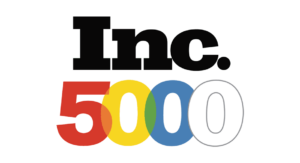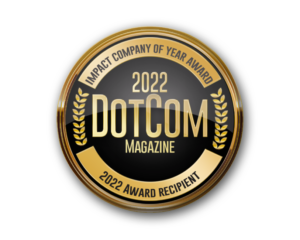In the fast-paced boardroom, where fateful decisions are made, it is crucial to have the input and knowledge of seasoned executives and board members. The importance of developing effective boardroom teams in today’s frantic business climate cannot be overstated. True success depends on more than just including talented individuals; it also requires nurturing a collaborative culture and maximizing the talents of everyone present. This article will discuss methods that can help senior executives and seasoned board members create high-functioning teams that propel organizations forward.
Support diversity and inclusion
Recognize the value of a diverse and inclusive boardroom team. Diverse backgrounds, skillsets, and experiences enrich the work of any team. To advance innovation, it is important to bring together people with a wide range of experiences, perspectives, and expertise. Executives and board members can solve difficult problems and discover novel opportunities by creating a culture that values diversity.
Determine roles and responsibilities
Boardroom teams can only work effectively when everyone knows their place. The executives and board members need to lay out the ground rules and specify what will be expected of them. This lays a solid groundwork for making good decisions and preventing pointless friction and duplication. Teams perform better and are more efficient when members can focus on their areas of expertise, thanks to clearly defined roles.
Build trust and collaboration
The boardroom is no different from any other environment when it comes to the importance of trust-building. Building relationships based on mutual trust is a top priority for CEOs and board members because it encourages an atmosphere where opinions are welcomed and criticism is taken seriously. Well-informed decisions that propel organizational growth are the result of leaders tapping into the collective wisdom of their teams by encouraging collaboration and embracing diverse perspectives.
Focus on continuous learning
Executive teams need to be adaptable because of the rapid pace of change in the business world. Boardroom members should adopt a culture of continuous learning. To keep the boardroom team flexible and ready to respond to the challenges of a dynamic environment, it is important to encourage professional development, monitor industry trends, and bring in outside expertise when necessary. The team’s ability to innovate and stay ahead of the curve is greatly enhanced by their dedication to lifelong learning.
Prioritize effective communication
An efficient boardroom team relies heavily on open lines of communication. To create alignment and ensure everyone is working toward the same goals, the board should emphasize transparent, and timely communication between top-level executives and the board. Quality team decision-making and individual accountability can be ensured through active listening, insightful questioning, and easy-to-use reporting mechanisms.
Intentional work, an emphasis on diversity and inclusion, and a dedication to continuous improvement are necessary ingredients for a high-performing boardroom team. Executives and seasoned board members who adopt these practices will unleash their boardroom teams’ full potential, resulting in improved decision-making, more creative problem-solving, and overall success. This team will be able to confidently face the challenges of today’s business landscape.
Source: INC









